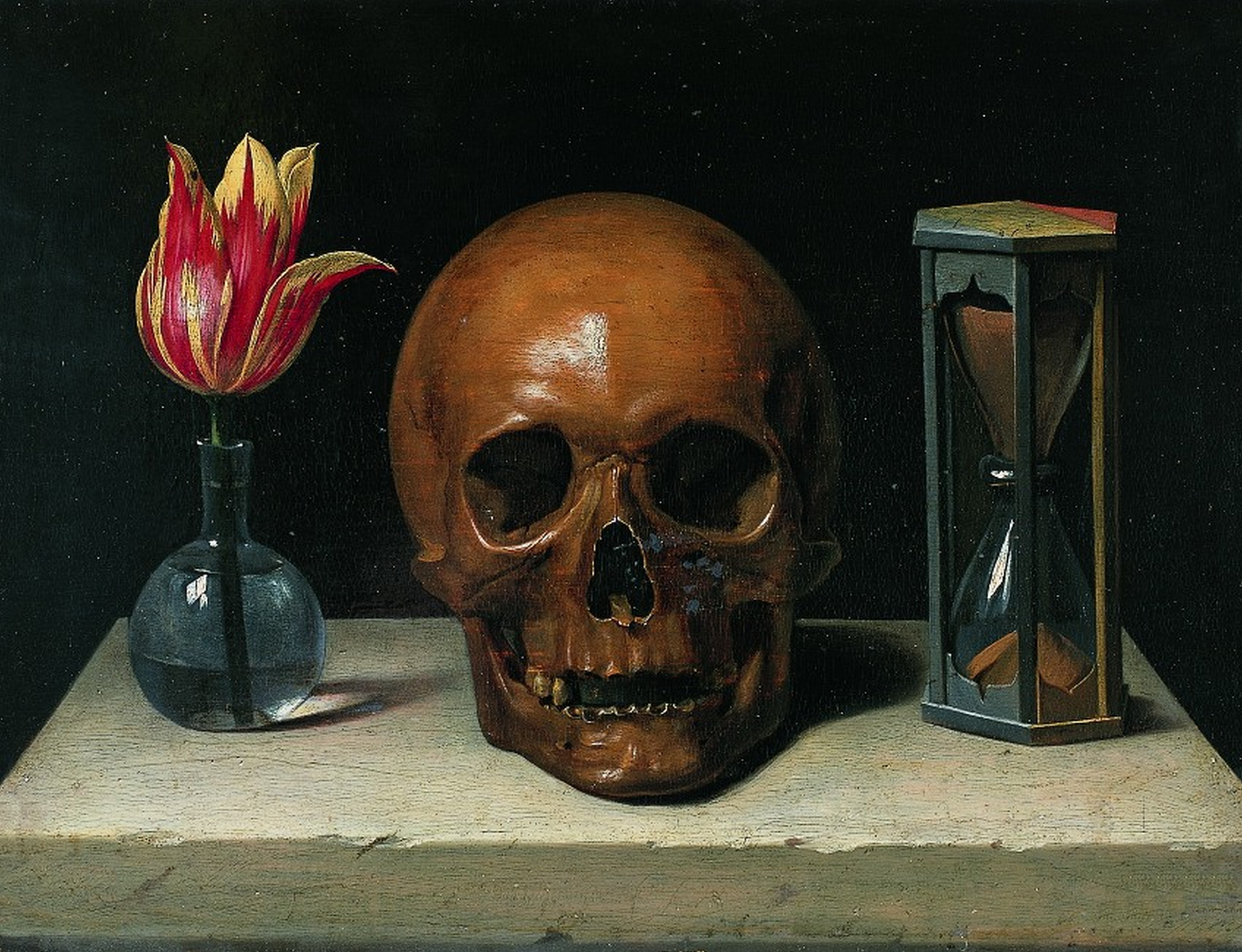This latent religiosity is only too observable among those disciples of Deleuze who are busy blessing, in unbridled Capital, its supposed constitutive reverse, the 'creativity' of the multitudes. These disciples believe that they saw-that's what you call seeing-in the alter-globalisation demonstrations of Seattle or Genoa, when an otherwise idle youth partook in its own way in the sinister summits of finance, the planetary Parousia of a communism of 'forms of Life'. I think that Deleuze, often sceptical vis-à-vis his own constructions once they touched on politics, would have laughed up his sleeve about this pathos.
-Alain Badiou, Logics of Worlds
I’d like to pass on a little anecdote, if I may. While recently attempting to enjoy an needlessly overpriced burger in the **** public house, I experienced one of the worst cases of Marshall Mcluhan Syndrome* I’ve ever had to endure. The whole meal was spent in direct earshot of a group of students from a certain establishment of architectural education, and their chat was some of the most conceited prattle I’ve ever heard (outside of recordings of my own voice, of course!). The thing that upset me the most wasn’t the ridiculous ignorance of people who are at the very top of the human pile (21st century global jet-set bourgeoisie), but the ridiculous sense of intellectual entitlement these young architects had; they almost embodied the preening self-importance of a profession that considers itself to be the last bastion of the renaissance-man. I nearly spat out my maris-piper chips in disgust as my auditory companions discussed how their rudimentary studies in Latour or whoever is fashionable this week meant that after studying architecture “they really ought to get a sociology degree as well”.
It's really strange how often one has to defend a thinker against their defenders (with Derrida-against Derrideans, with Deleuze-against Deleuzians etc), and it's more than a little disheartening. It's not as if I'm an expert in the field by any means, but I do personally know experts in the field, and thus can usually tell the difference between them and your fashion-theory types, and so-called-'radical' architecture has been completely ridden with those for about thirty-years. I can honestly say I've never tried to use ill-read Lacan to get somebody into bed, but I've certainly witnessed that occurring more often than I care to think about.
So it's extremely interesting to read Simon Reynold's brief history of pop-theory, which, although speaking of a scene I wasn't privy to, certainly has a lot of parallels with the cargo-cult philosophy of the architecture scene. But where Simon likens the 'theory basher' music journalist to a drug dealer, encouraging their audience to intoxicate themselves on the rush of intellectual hypertrophy, I'm always left with the impression that nothing ruins a good idea like its dissemination, which is of course a position of almost limitless misanthropy. If only it weren't so.
*Marshall Mcluhan Syndrome, for the last person in the world who might not know what I am referring to:







